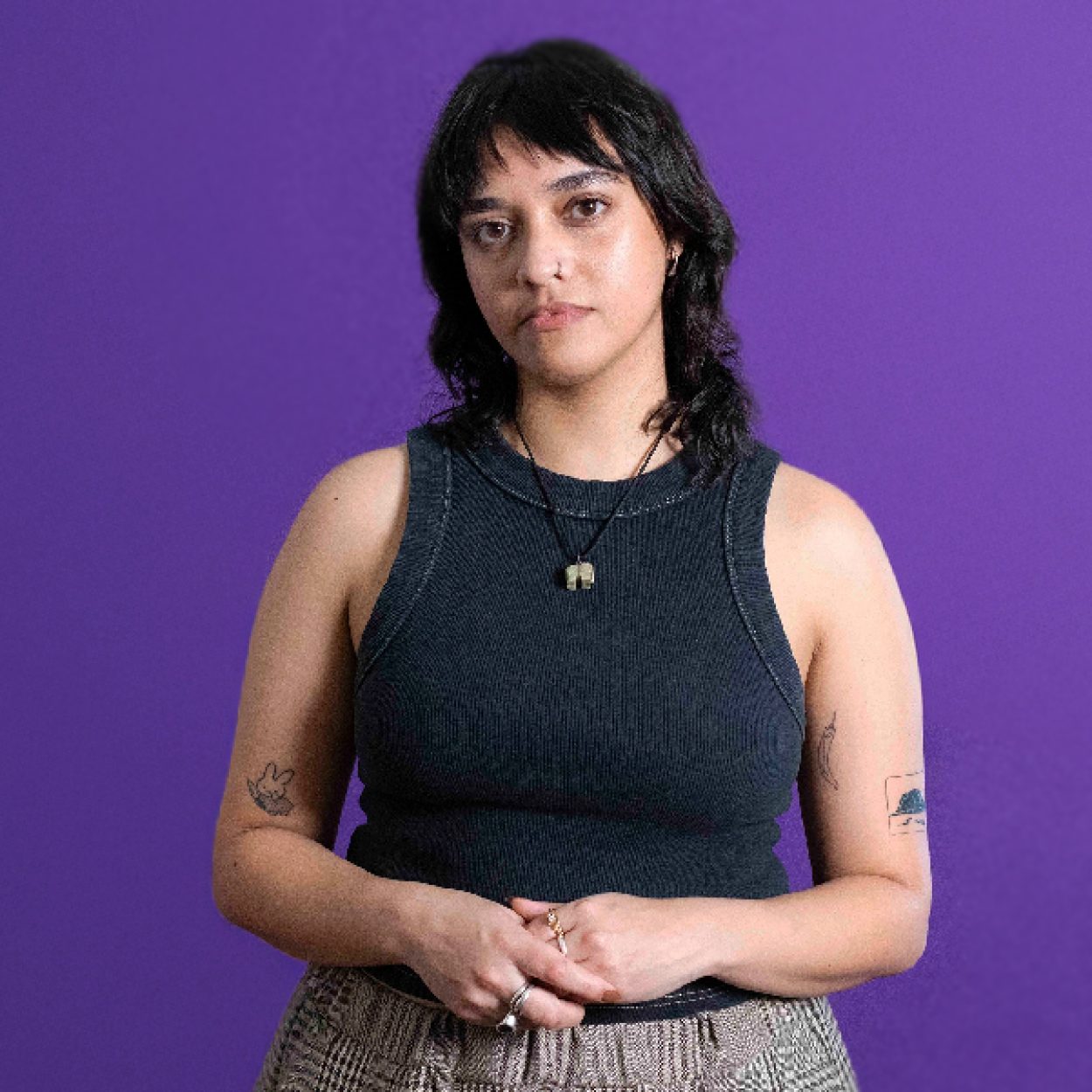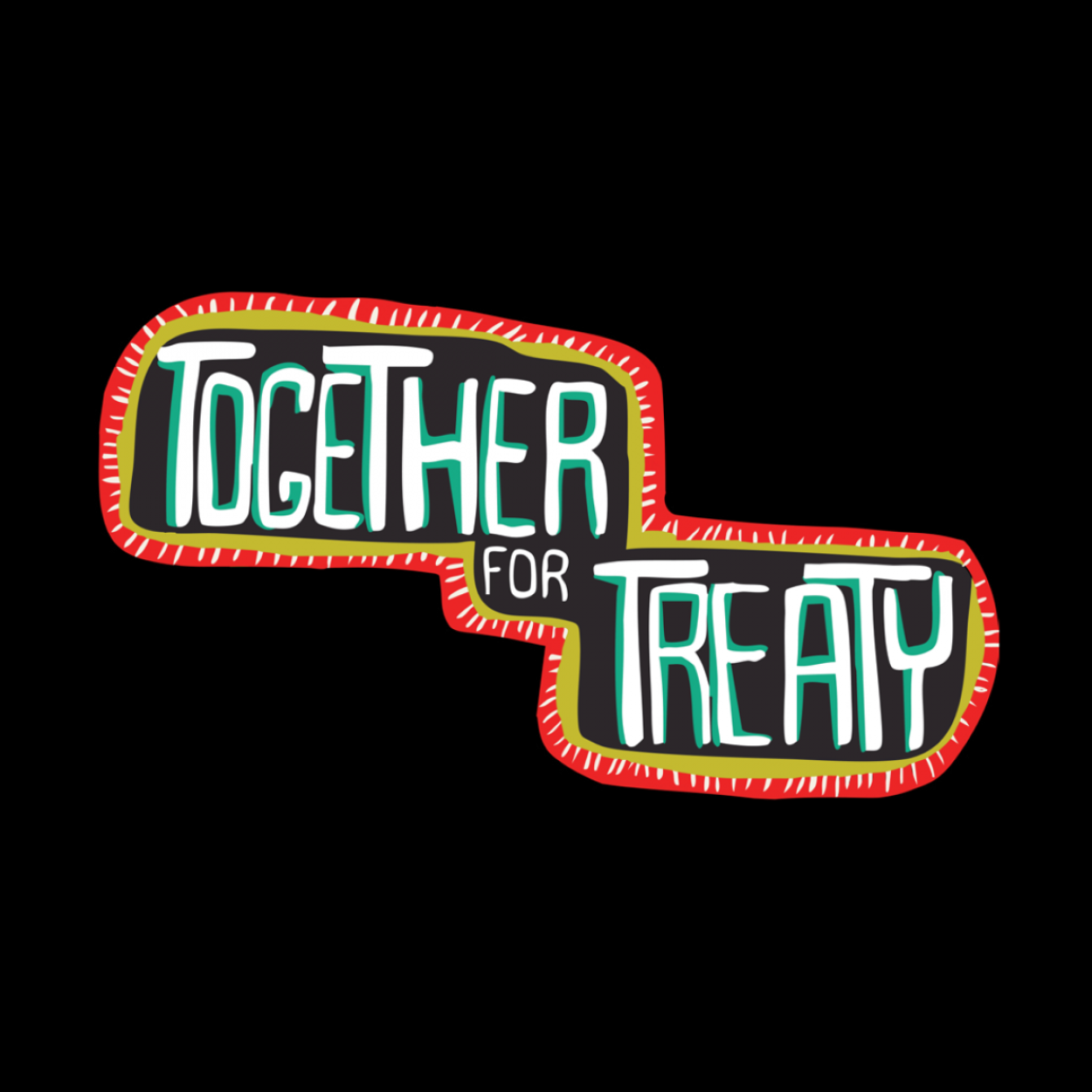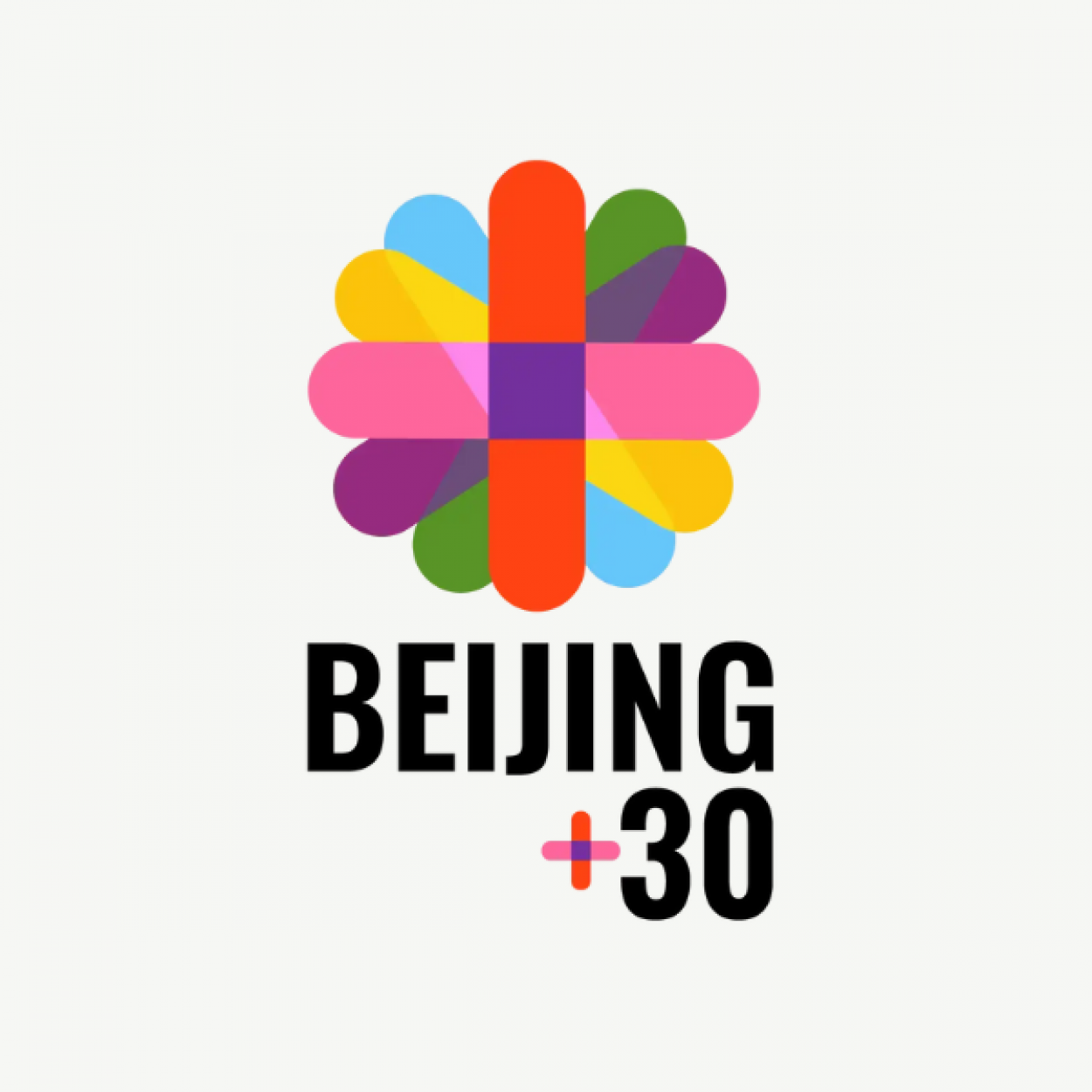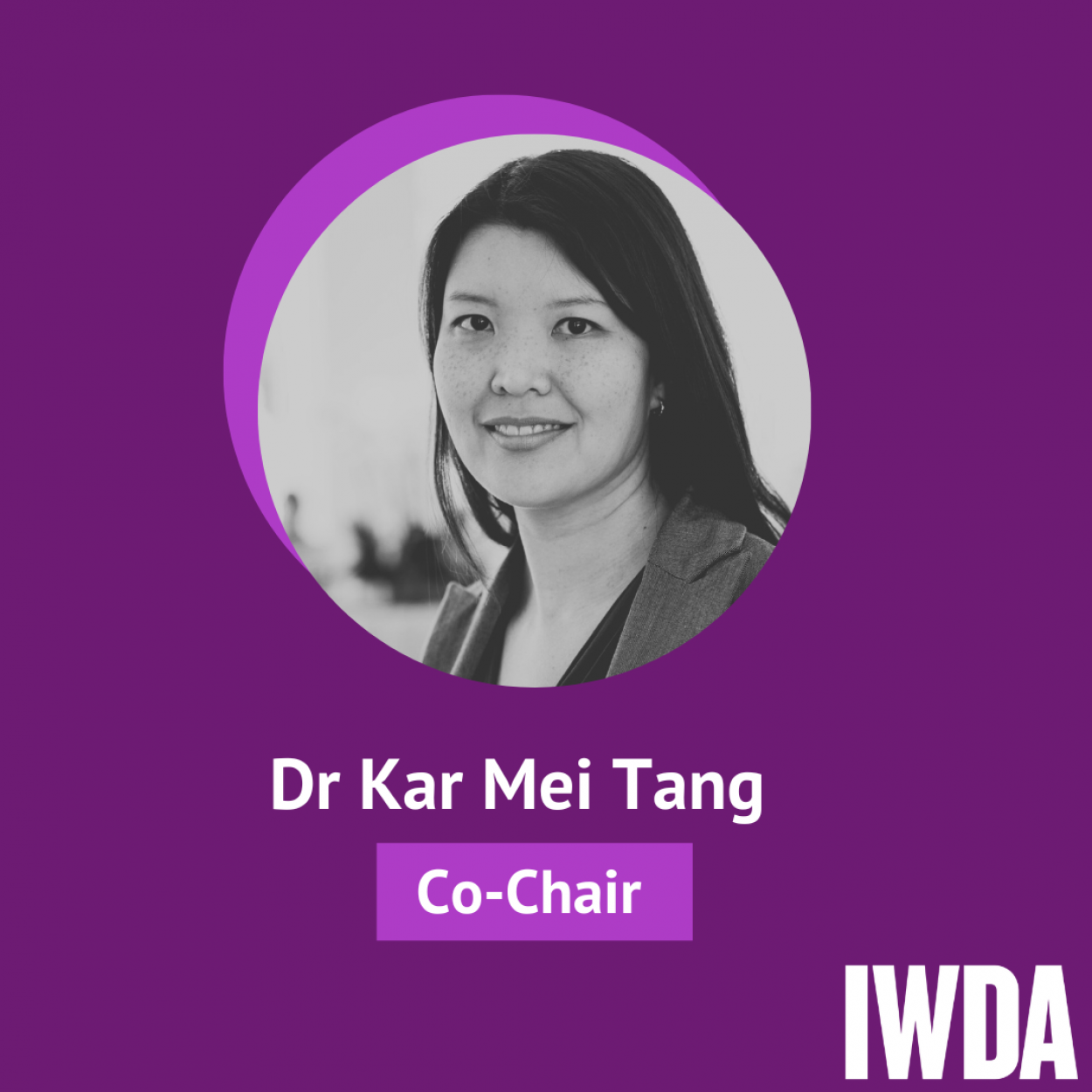
The Australian Government needs to be doing more to achieve the Global Goals and gender equality
Australia, the Global Goals, and Gender Equality
Australia adopted the Global Goals in 2015, committing to transforming our world for people, prosperity and the planet. These Goals can only be achieved through domestic and international action, led by government, with the meaningful engagement of civil society, the private sector, and academia.
Importantly, gender equality and women’s empowerment are integrated in a standalone goal, Goal 5, and through targets under other goals. The Global Goals are therefore a critical opportunity to accelerate global action on gender equality and women’s rights. Gender equality has also been recognised as a cross-cutting issue and key driver for achieving not just Goal 5 and the related targets under other goals, but in achieving the entire 2030 Agenda.
At the international level, a series of review and reporting mechanisms are in place to promote and foster commitment and action to this vision. All UN member states are expected to report on their progress at least twice at the annual High Level Political Forum (HLPF), through Voluntary National Reviews (VNRs), between now and 2030. Australia will be submitting its first VNR in July, 2018.
We need the right structures in place to achieve the Global Goals
Australia has made some progress, however, accelerated action is needed if we are going to achieve the Global Goals by 2030, and gender equality is an area that requires focussed attention. The indivisible nature of the Global Goals means that effective implementation will only be possible through integrated approaches that avoid ‘siloing’ of efforts. Progress or failure on one goal impacts on other goals. For example, progress towards peace and strong institutions under Goal 16 must be linked to Goal 5 and gender equality to ensure women’s full and effective participation at all levels of decision-making, and to realise the overall vision of both of these goals.
The Australian Government needs to put frameworks and mechanisms in place to monitor progress and ensure this integrated approach, with a clear focus on gender equality if we are to achieve the Goals. A fully resourced Government secretariat would enable coordination of Australia’s implementation of the Goals across all levels of government. Formal mechanisms also need to be in place for the government to engage civil society, which could be coordinated through the Secretariat. A Women’s Rights and Gender Equality Advisory Group, for example, focused both on domestic and international aspects of the Agenda, would ensure a critical gender perspective informs all of Australia’s Global Goals endeavours while linking efforts in these contexts. Another possible model for engaging civil society and other key stakeholders is a multi-sectoral reference group.
Whichever mechanism is in place, it needs to be gender balanced in membership, and informed by and regularly engage with women’s rights organisations, to ensure gender equality is addressed as a key issue and that women and girls are not left behind from any and all progress made. Another crucial element missing from Australia’s work on the Goals so far is a national Global Goals implementation plan, which would provide an essential framework and valuable impetus towards ensuring an integrated, cohesive approach that is crucial to guide Australia’s implementation.
Spaces for collaboration and partnership
Australia’s first SDG Summit in March and the initiation of a parliamentary inquiry into the Goals, due to report in November, have been important steps in the inclusion of civil society and other key partners in the discussion around Australia’s efforts to achieve the Goals. Increased engagement from the Australian public is a crucial next step in this dialogue. A public awareness campaign on the Goals, such as those used to address attitudes towards violence against women, would encourage the public to incorporate the Global Goals and associated values into everyday life, as every individual contributes to our collective community and is essential to achieving the 2030 Agenda.
Australia’s first VNR provides an important opportunity to accelerate progress towards the Goals, and to position Australia as a leader in progress reporting, including through ensuring that gender equality and women’s empowerment are identified as priorities and integrated across reporting on all Goals. This VNR will be a key moment to celebrate achievements so far, bolster momentum, and hold the Australian Government accountable to its commitment to the Global Goals and gender equality.
The Global Goals can drive Australia’s progress on gender equality and women’s rights and help us create a better world, but only if we have the plans and structures in place to make this happen, and only if gender equality is at the heart of all our work to make this world a reality.





